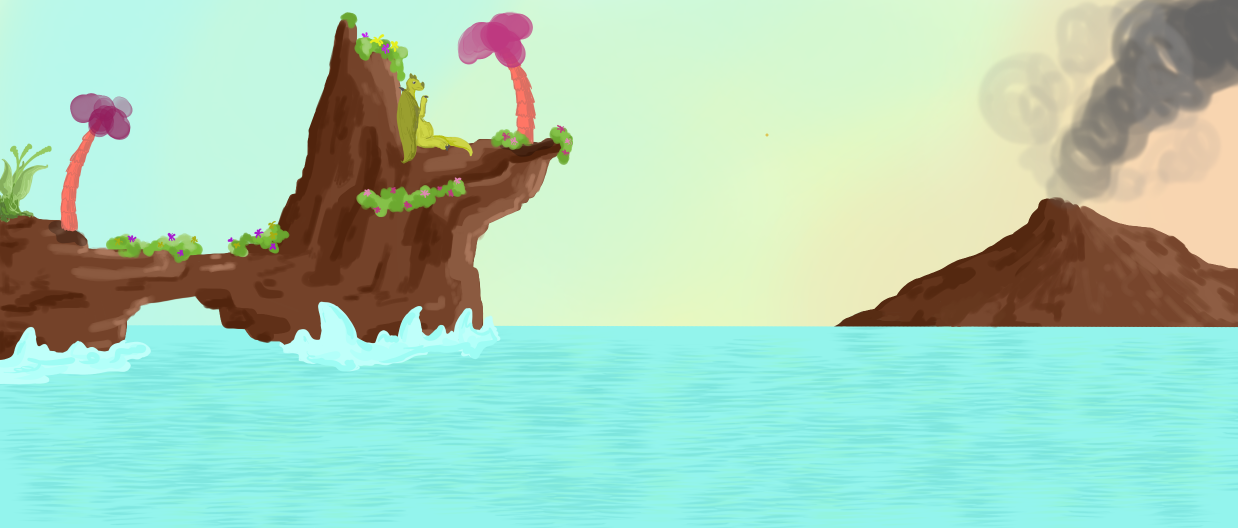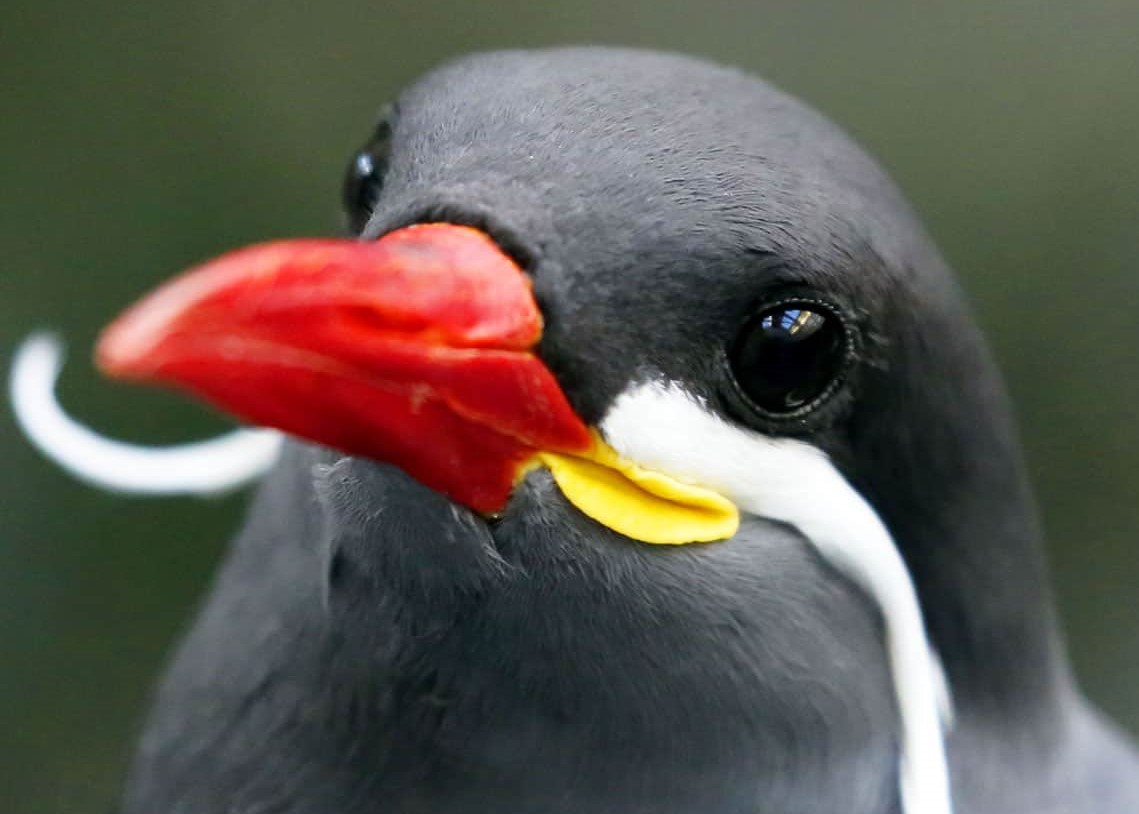Draglacier
Draglaciers are large, migratory dragons that trot along the icy banks of the Heather Isles and the Iced Shores.
Basic Information
Anatomy
Draglaciers have a tubby, round body, that is relatively long. They have short round legs that stick out the sides of their body, ending in flat hooves with 2 thick nails, used to dig up the ground for food. Their overall colour scheme is a blueish grey, with a blue head that morphs into greys across their body. Their long tails end in a downwards facing sail, tipped with a large spine. Their heads are large and round, with a large maxilla and a very thin mandible. They possess 4 long rows of teeth, with tusk like teeth near the backs of their mouths that are visible even when they have their mouths closed. 6 eyes sit on the ridge of their face, pointing forwards and out, giving them a large view to spot potential predators, like wolfreezes. The dragons are adorned with two long antlers atop their heads, which are a brownish colour and shed every year. Draglacier wings are large, and are rounded, with a single talon on the arm.
Fire
Just like most ice dragons, instead of a flame gland in their mouths, the creatures have an ice gland. This gland will turn any water vapour spewed out of their mouths into ice, shooting it at enemies and predators. The ice is incredibly hard, and is much more difficult to melt than regular, non dragon-formed ice.Genetics and Reproduction
Draglaciers are a herd animal, and any pregnant females are kept in close proximity to the rest of the herd. Draglaciers are the only dragon species to give birth to live young. Gestation period is one and a half years, the females always giving birth to either twins or triplets, never any more, and never any less.
Growth Rate & Stages
Baby draglaciers, like pregnant mothers, are kept very close to draglacier herds. These babies are usually quite inquisitive, and try to run away, but if they are caught by an adult they are roared at to come back. Babies quickly learn how to fly, and because young draglaciers are thinner they can fly faster.
Ecology and Habitats
Draglaciers are accustomed to a live of travel. They usually follow self-made paths in the ground, over mountains, across icy plains, on the Heather Isles and the Icy Shores. These species are famous for their tracks, as they can be easily distinguished because of the depth that the tracks go into the soil and permafrost.
Dietary Needs and Habits
With an incredibly slow metabolism, it is easy for draglaciers to put on weight. They have this advantage because the type of dragons that hunt them tend to carry them off first, and dropping them from massive heights and letting them splat to death. That way, if the dragon can't pick up the draglacier, they are relatively safe.
Draglaciers consume any plant material they can find, mostly short grasses that their large heads can feed on. Because of the weight of their big heads, draglaciers are unable to eat leaves of trees and so must survive solely on what is growing very closely to the ground.
Geographic Distribution







I never thought an ice dragon with antlers' best defence mechanism would be to get fat
xD It's kinda neat though, I think!